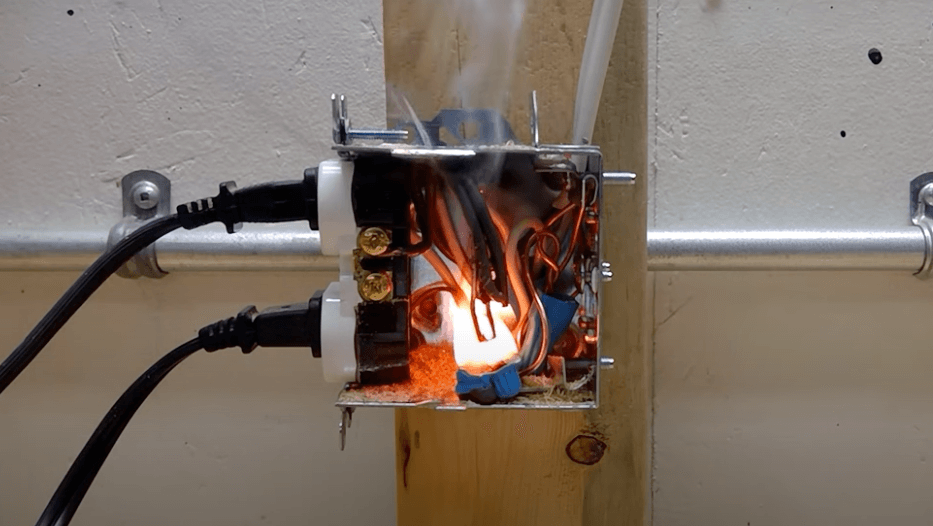Articles
A Safe Holiday Season
The holiday season is just around the corner! Santa's village is aglow with thousands of lights. The elves are busy hanging garlands and decorating Santa's majestic Christmas tree. But even at the North Pole, the wisest elves know that a natural tree can be dangerous: a dry tree or faulty lights could cause a fire in just seconds.
Seek and Find: When Heat Causes Havoc
Summer is the season for fun! To celebrate the season, we’ve put together a quick and playful activity. Take a few minutes to test your observational skills with our custom seek-and-find game, inspired by the situations our investigators might encounter in the field during a heatwave. Ready to play? Keep your eyes peeled and enjoy!
Origin and cause: science’s quest for answers throughout the ages
Forensic engineering represents the perfect blend of tradition and innovation. Officially established in the 1970s, it draws on centuries of scientific knowledge. The creation of CEP Forensic in 1972 came at a time when the field was gaining momentum, driven by the knowledge and creativity passed down through generations.
Sleigh accident? CEP Forensic to the rescue of Santa Claus... and his presents!
Christmas Eve is just around the corner! That’s why Santa was eager to take his shiny new sleigh for a test run. After all, who better than Father Christmas himself to make sure it was ready for the big night? Once he harnessed his trusty reindeer and loaded the sleigh with gifts, he took off into the evening sky. Everything was going smoothly until — BAM! Out of nowhere, his sleigh hit a pole.
Failure Modes of Domestic Electric Heating Devices
Although generally reliable and safe, electric heating appliances used for residential heating, especially during prolonged cold spells, can experience failures that may lead to fires. In this technical article, our engineer discusses the most common failure modes encountered by forensic investigators when examining an electric heating device—or its remains—following an incident such as a fire. He also provides insight into heat transfer modes and concludes with practical tips to ensure occupant safety and comfort.
Forensic Investigation Following a Suspicious Fire
When fires or explosions occur, forensic investigators play a crucial role in determining their cause. Our team gathers evidence by analyzing the scene and interviewing key stakeholders. Through knowledge and years of experience, our expert investigators can pinpoint the most likely cause, often without needing complex laboratory tests. However, when something unusual points to a potentially suspicious fire, the investigation becomes more complex.
Subscribe to our newsletter and never miss our news!






